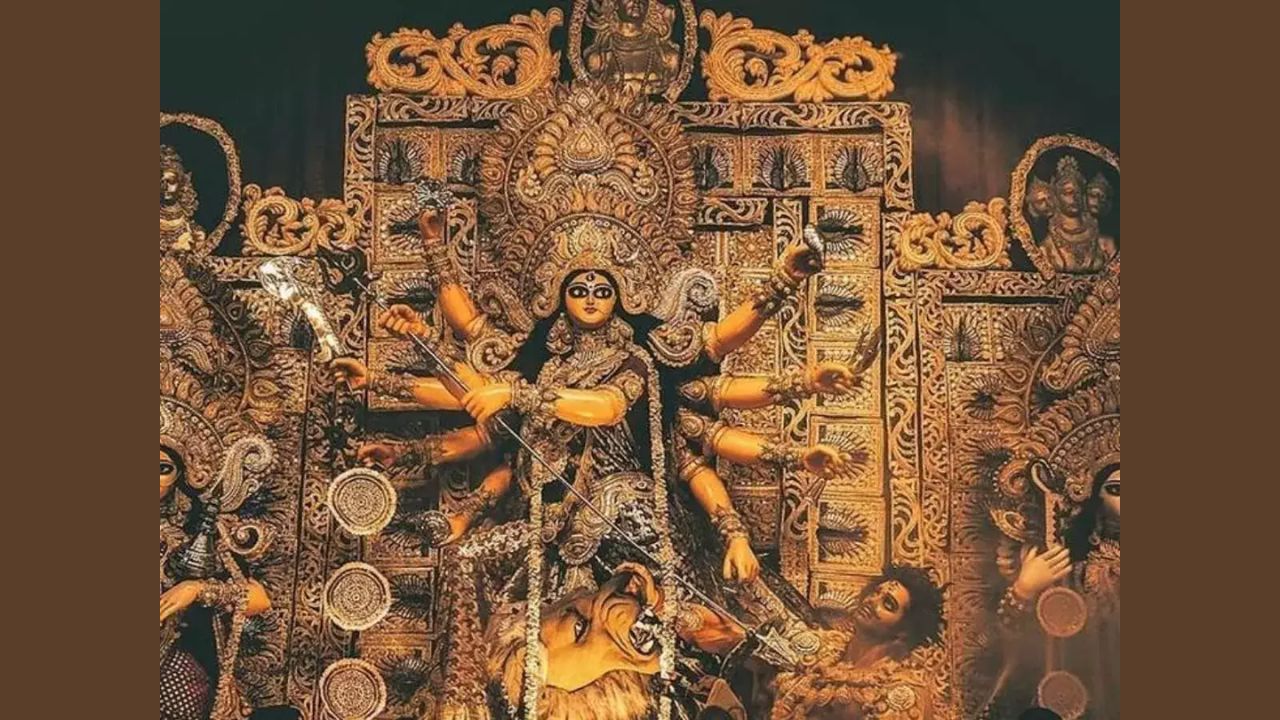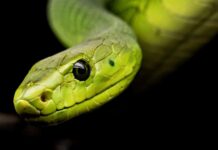Chhinnamasta Jayanti: Goddess Chhinnamasta is considered the sixth of the ten important Dasa Mahavidyas (Goddesses of Wisdom). According to legend, the goddess Chhinnamasta severed her own skull to satisfy the hunger of her followers. The Goddess is also known as Prachanda Chandika and Chinnamastika in various regions of India.
Date and Time
According to the Hindu calendar, Maa Chhinnamasta Jayanti is observed on the 14th day of the Shukla Paksha in the month of Vaisakh (Chaturdashi Tithi). According to the Gregorian calendar, the holiday is observed in May or April.
History
The veneration of Chinnnamasta is not extensive, but she is well-known and significant among Tantrikas. In Goddess-dedicated temples, she is revered and depicted as a member of the Mahavidya group. Temples and public veneration of Chinnamasta are uncommon, and private veneration is even more uncommon. In the esoteric Tantric tradition, Chinnamasta is revered as a significant Goddess. She is highly revered in Nepal and Eastern India. Her sanctuaries are revered in Nepal and the Indian states of Odisha, West Bengal, Jharkhand, and the eastern region of Uttar Pradesh.
In the Goddess-centered sect of Hinduism known as Kalikula Shaktism, the Goddess is worshipped. The lack of veneration of Chinnamasta by ordinary worshippers is attributed to her ferocious and terrifying nature, as well as her reputation for being dangerous to approach and pray to. However, she has attracted a devoted cult of worshippers. They are renowned for celebrating Maa Chinnamasta Jayanti with great grandeur and circumstance.
Chhinnamasta Jayanti Significance
Goddess Chinnamasta is believed to be a unique manifestation of Goddess Kall in Hindu mythology. She is regarded as both a life-taker and a life-giver, and it is believed that devotees who pray to Chinnamasta Devi will be liberated from all their problems.
Goddess Chinnamasta is regarded as the sixth of the Mahavidyal deities. She is intended to be as brilliant and luminous as a million suns combined. Her sorrowful complexons were the same hue as the flower Gudahala. Tanks perform the sadhana due to Maa’s dreadful nature and the fact that she is revered for her ability to vanquish foes. Goddess Chinnamasta is typically associated with the awakening of Kundalins, and it is believed that by venerating the Goddess, devotees can avoid a variety of issues associated with progeny and sexual issues. Humans also pray to Chinnamasta Devi to grant them all their desires and financial success.
Typically, Cinnamusta Jayanti Puja is performed in accordance with Tantra rituals; this puja helps a person achieve success despite a complete loss of reputation. With this psp sadhak, Gofess Chinnamata, who transmits vitality, spirit, and a new lease on life, can influence not only their carnal energy but also their spiritual energy. The Goddess bestows success, victory, health, prosperity, and knowledge upon fer sadhak.
Chumstika Puas is believed to be extraordinarily advantageous for those who are rated as susceptible to infertility or sesul dysfunction. The aids individuals in recovering from historical or economic loss. Immediate results are realised by utilising the Chennast pea nown to elicit multiple advantages, such as protection success and a long life for worshippers. Chinnamastika mantra is recited for the opening of the Mahara Chakra while performing Kunda yoga.
Chhinnamasta Jayanti Rituals
- First, devotees take a holy bath in the early morning, and then they don clean clothing.
- On the day of Chhinnamasta Jayanti, devotees observe a rigid fast.
- On the day of Chhinnamasta Jayanti, devotees venerate Goddess Chhinnamasta by placing the deity’s idol or statue on the altar.
- Following this, they ignite incense and a diya in order to begin the rituals.
- Typically, all Chinnamasta temples also contain an idol of Lord Shiva. Consequently, devotees also worship and appeal to the deity through the performance of Abhishekam.
- Devotees prepare and present sacred food (Prasad) along with flowers, coconut, and garlands to the deity.
- To invoke the deity, Aarti of the goddess Chhinnamasta is performed and sacred mantras are chanted.
- Prasad is distributed to the attendees and their families.
- On the day of Chhinnamasta Jayanti, devotees also perform numerous acts of charity and donation to seek the divine graces of the deity.
Activities
- On the blessed day of Chhinnamasta Jayanti, devotees honour and pray to the goddess Chhinnamastika.
- As they are regarded as the manifestation of the goddess, small females are also worshipped and offered sacred food.
- Kirtans and Jagrans are organised in temples as well as other places of worship.
- Devotees perform the Chinnamasta Puja with fervour and devotion.




